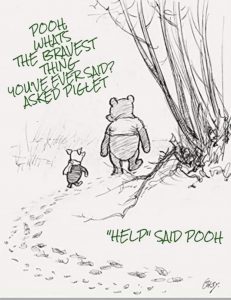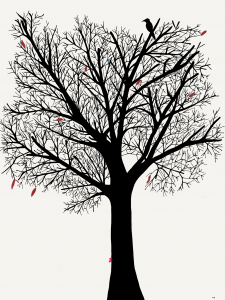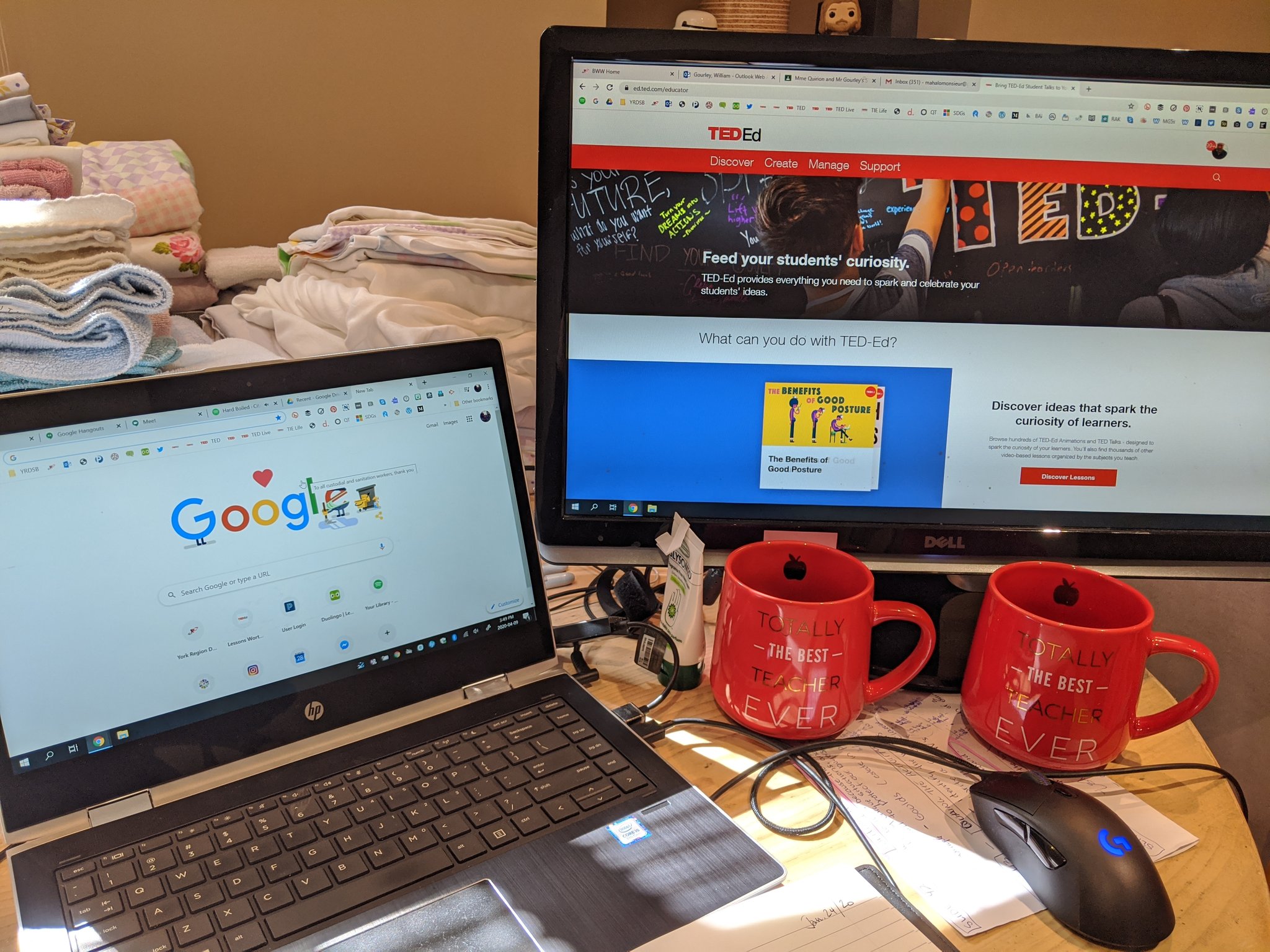As we end another school year and look forward to summer vacation, I think back to my first years in education and what summer “vacation” looked like for me. July was spent taking additional qualification courses and most of August was spent prepping and planning. It wasn’t really much of a vacation. So why did I do it? Two reasons. I am passionate about learning and I am a (now recovering) perfectionist-especially as an educator.
I must have thought there was some kind of a prize for having the tidiest, prettiest and well organized classroom. I wanted my classroom to look like something out of the Scholar’s Choice catalogue. The custodians would be annoyed at having me in the school and I would wait anxiously for them to be finished waxing our hallway so that I could get in and set up my classroom. I needed everything to match. If I had baskets for items in the classroom they had to all be the same colour. It isn’t always easy to find 24 of the same basket at the Dollar Store. Before the students started in September I felt the need to have labels on all of their notebooks, duo tangs and I even labelled their pencils. I spent an inordinate amount of time trying to control the environment for my students. My classroom looked like a showroom on the first day of school and I would spend the next 194 days trying to maintain that standard. Our first printing practice lesson (because we still did that back then) was to practice writing “A place for everything and everything in it’s place.” When I think back now to all of the time and energy that I wasted not allowing learning to get messy I shake my head. It was exhausting.
After twenty plus years in education I’ve learned a few things about educational perfectionism and letting go of control in order to empower the learners in the classroom. When I was given a portable for a classroom that I wasn’t able to get into much before school started I panicked at first. I didn’t have space or time to create a showroom. I decided to give the design over to the grade 4-5 students. I still had labelled duo tangs and a place for each of them to put their things that was their space ready on the first day but the rest, we did together. It built community, it gave the students ownership and it gave me some of my summer back. If you’ve ever taught in a portable that has the coat racks inside, winter is a bit of a nightmare for an organizational freak but eventually I let it go. We still had a tidy classroom because their wasn’t enough space to be too messy but the organization of things didn’t stifle the learning. We learned how to paint in a portable without water using buckets and trips into the school. We brought lawn chairs to school at sat outside at reading time. I loved our little cabin in the woods.
As educators we have a lot of people that we are accountable to in our jobs. Students, families, administrators, our board and our communities are all stakeholders in what we do. The pressure to be perfect in our roles can be overwhelming and paralyzing. What educators do each day is literally driven by “overall and specific EXPECTATIONS”. It took time for me to realize that the expectations that I was putting on myself were much higher than those of anyone else. It took reflection to realize that perfectionism isn’t the badge of honour that I thought it once was and that it was making my life more difficult. I came to understand that it isn’t the room or the resources that make me a good educator. It is about the connections and relationships with my students and their families that matter. It is about embracing the Ms. Frizzle moments and rolling with it. If I’ve learned anything from COVID-19 it is that being flexible and letting go of what I cannot control are the keys to staying out of perfectionism. I plan on guarding my summer vacation as I would a medical specialist’s appointment but I’ll likely take a few professional resource books along to read in the waiting room.



 For me as a kid, there was no better feeling than opening up a new box of 64 Crayola crayons. The big box with the flip top lid and the sharpener on the side. I can remember agonizing over which colour to pick first and being so thrilled by the perfection of the colour palette in neat rows in that box. I loved to draw and colour. I could do it for hours never lifting my attention from the page. In adulthood, I abandoned doing art for pleasure. It seemed silly for me to sit around and draw or paint for no real reason. I felt I should be doing something productive. A few years ago I began to create art again and realized how much I had missed it and how much joy it brought to my life. I create digital art now, which isn’t quite the same rush as opening a box of crayons but it is easier to share with others-like the picture above. I have recently learned about the health and wellness benefits of creating. Creating is rejuvenating, it is rest and it is soul food.
For me as a kid, there was no better feeling than opening up a new box of 64 Crayola crayons. The big box with the flip top lid and the sharpener on the side. I can remember agonizing over which colour to pick first and being so thrilled by the perfection of the colour palette in neat rows in that box. I loved to draw and colour. I could do it for hours never lifting my attention from the page. In adulthood, I abandoned doing art for pleasure. It seemed silly for me to sit around and draw or paint for no real reason. I felt I should be doing something productive. A few years ago I began to create art again and realized how much I had missed it and how much joy it brought to my life. I create digital art now, which isn’t quite the same rush as opening a box of crayons but it is easier to share with others-like the picture above. I have recently learned about the health and wellness benefits of creating. Creating is rejuvenating, it is rest and it is soul food.
